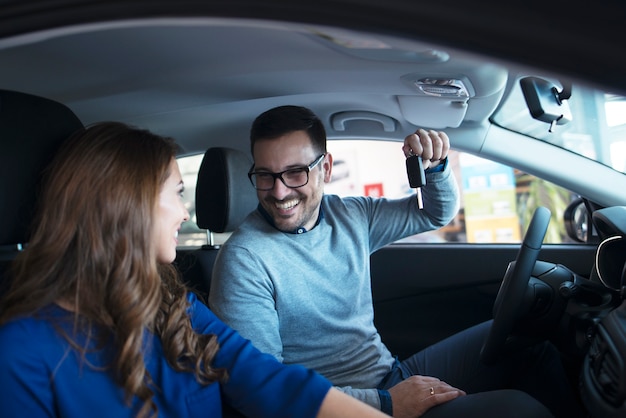Infotainment: On the Path to Success

Bruce Haug, a product marketing engineer at Analog Devices, shares insights on powering infotainment devices in cars with start-stop systems.
Car manufacturers are increasingly promoting start-stop systems to save fuel. These systems automatically shut off the engine when the car is stationary, for example at a red light, and quickly restart it when it’s time to move. This approach reduces fuel consumption and emissions for drivers who frequently encounter stop-and-go traffic, as it avoids wasting energy by idling the engine.
When your car stops at a red light or train crossing, there’s no need for the engine to be running. By turning off the engine during these stops, fuel consumption can drop by up to eight percent in city driving, compared to cars without this system.
The start-stop functionality doesn’t compromise driving comfort or safety. It only activates when the engine reaches an optimal temperature, and won’t engage if, for example, the air conditioning hasn’t cooled the cabin, the battery charge is low, or the driver moves the steering wheel. A central control unit manages this feature, monitoring sensor data from the starter motor and alternator. If necessary for comfort or safety, it will automatically restart the engine, such as if the vehicle starts to roll or the battery charge falls too low.
Moreover, these systems can distinguish between a temporary stop and the end of the trip. The engine won’t restart if the driver unbuckles the seat belt or opens a door or trunk. If needed, the start-stop feature can be completely turned off with a button.
However, during engine restarts, there’s a possibility that the 12V battery’s voltage could dip below 5V, which might reset infotainment or other electronic systems operating above 5V. Resetting, especially of navigation or music systems, is inconvenient and undesirable.
To address this issue, a triple output DC-DC controller is available. It packages a boost controller with two step-down controllers, ensuring no voltage drops when the car battery voltage dips, which is useful in start-stop systems. If the car battery’s input voltage is higher than the boost output voltage, the boost controller passes the input directly to the step-down converters to save power.
There’s a helpful schematic showing the boost converter supplying 10V to the step-down converters. These converters output 5V/7A and 3.3V/10A, while the boost converter itself can provide an additional 2A. This system keeps operating up to 28V and can skip cycles above that.
The device starts with an input voltage range of 4.5 to 38V and keeps running even if the voltage drops to 2.5V after start-up. The boost converter can produce up to 60V output and can pass through the input voltage to increase efficiency. The two step-down converters can output 0.8V to 24V, achieving up to 95% efficiency for the entire system. With its 45ns minimum on-time, it enables high step-down conversions while switching at 2MHz, avoiding unnecessary power loss.